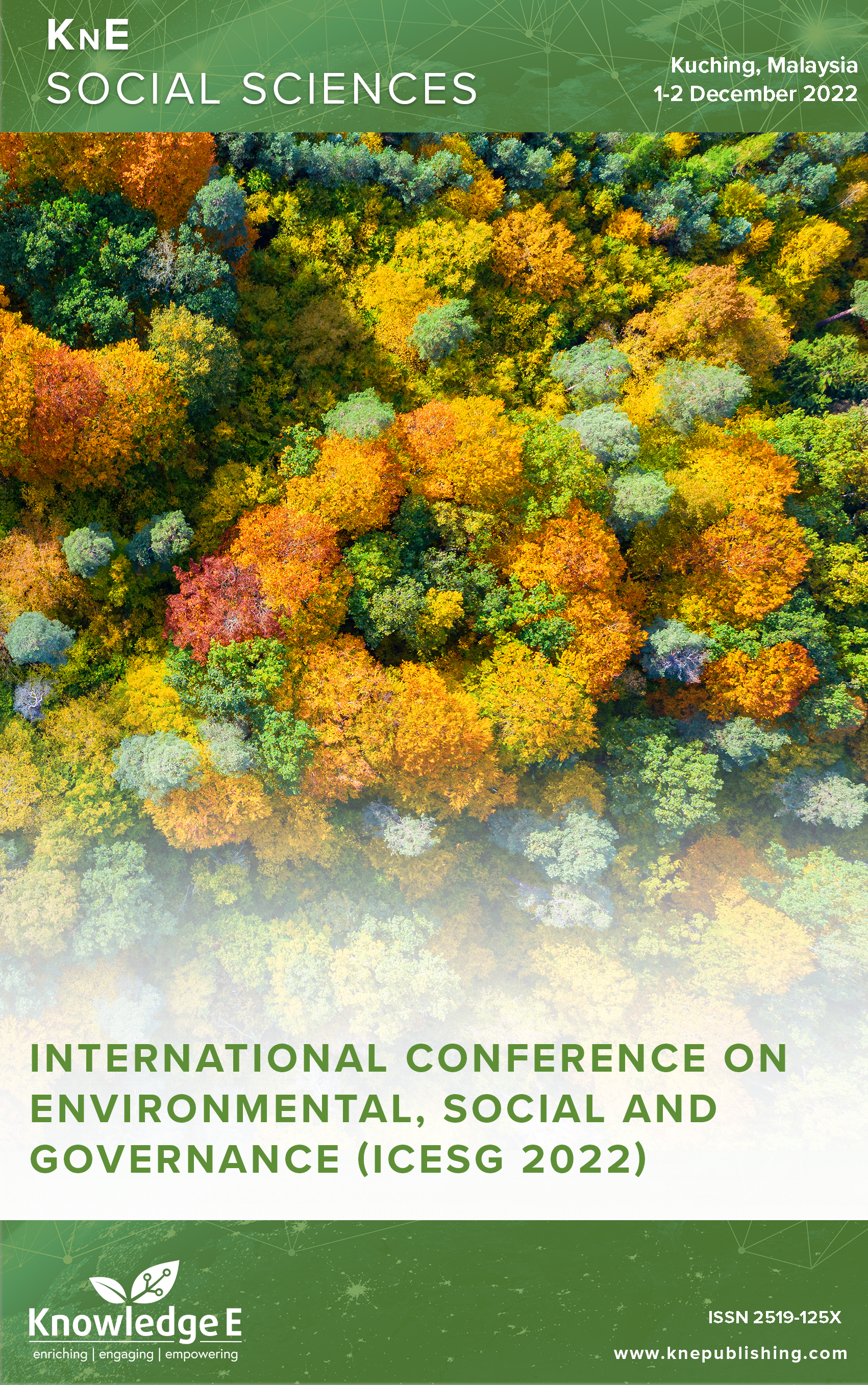A Study on Intercultural Communication between Japanese Employers Based in Malaysia and the Malaysian Employees
DOI:
https://doi.org/10.18502/kss.v8i20.14603Abstract
Intercultural communication is the process of exchanging, negotiating, and mediating cultural differences between people from different cultural backgrounds, encompassing language, non-verbal gestures, and spatial relationships. Research on intercultural communication involving Japanese individuals has mainly focused on comparisons between Japanese and Westerners, particularly Americans. As Japan plays a significant role in the global business environment, foreign businesspersons working with Japanese companies may encounter communication gaps due to cultural values, assumptions, business customs, and language differences. In Malaysia, where there are several Japanese companies employing many Malaysians, there is a strong interest in learning the Japanese language and culture. Malaysians are impressed with the work culture of Japanese companies and seek to learn from them, which enhances their chances of working in Japanese companies, both in Malaysia and Japan. Effective communication between Japanese employers and Malaysian employees is crucial for learning from people of different cultures. To gain deeper insights into the intercultural communication in Japanese corporations working environment, this study examines the situations and challenges faced by Japanese employers working with Malaysian employees, and vice versa. The participants consist of Japanese employers and Malaysian employees who interact with Japanese employers in their day-to-day jobs. A qualitative study using focus groups was adopted, and the responses were analyzed using thematic analysis, leading to the emergence of three main themes: working culture, communication ability, and cultural differences. This paper discusses the results based on these themes and presents recommendations to improve intercultural communication in the workplace.
Keywords: intercultural communication, workplace, Japanese, Malaysian
References
[2] Heifetz RA, Linsky M, Grashow A. The practice of adaptive leadership: Tools and tactics for changing your organization and the world. Boston (Massachusetts): Harvard Business Press; 2013.
[3] Kiger ME, Varpio L. Thematic analysis of qualitative data: AMEE Guide No. 131. Medical Teacher. 2020 Aug;42(8):846–854.
[4] Lazar I, Huber-Kriegler M, Lussier D, Matei GS, Peck C. Developing and accessing intercultural communication competence. Strasbourg: Council of Europe Publishing; 2007.
[5] Meyerhuber S. ‘Active listening’ as a key competence in intercultural communication education – an academic classroom example with conceptual and theoreticalembedding. Journal of Linguistics and Intercultural Communication. 2019;12(2):91– 114.
[6] Tasaki A. Role of Japanese in English-medium instruction program at Japanese universities: toward the globalization of education that values diversity. Journal of Intercultural Communication. 2020;20(3):89–105.
[7] Yoshida T, Yashiro K, Suzuki Y. Intercultural communication skills: what Japanese businesses today need. International Journal of Intercultural Relations. 2013;37(1):72– 85.

